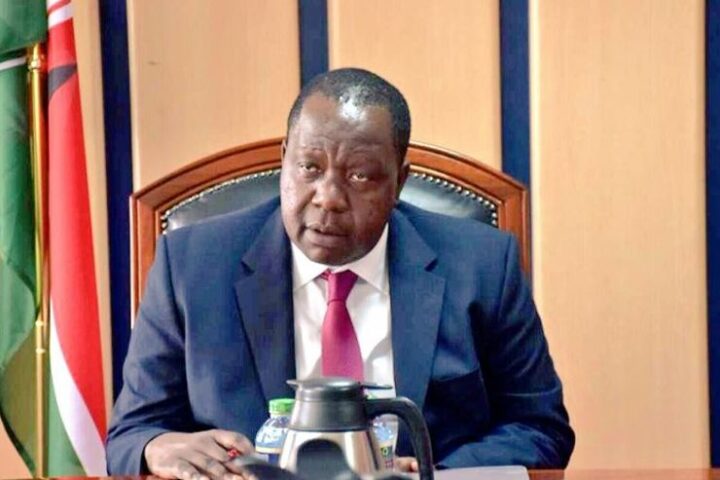Tiny drones, pink drones, selfie-taking drones, military drones, drones that fly themselves – the drone zone at the Consumer Electronics Show (CES) in Las Vegas is positively buzzing – in every sense of the word.
“Drones are arguably the most hyped product at CES,” said Ben Wood, from analyst firm CCS Insight.
“A veritable minefield in terms of regulation and safety but as prices tumble expect to see them in a lot more Christmas stockings this year.”
The Consumer Electronics Association, which organises CES, said the drone market should be worth about $130m (£86m) in 2015 – 50% higher than 2014.
In a few years the trade group expects it to be a billion-dollar market.
But not all is stable in the world of drones. Two key issues are dogging the field – regulation and power.
In the US the Federal Aviation Authority (FAA) has very strict rules around their commercial use.
Jim Williams, manager of the FAA’s integration office, said its regulations for commercial use were strict for good reasons.
“People who are being paid to do a job are more likely to take risks to accomplish that,” he said.
Away from commercial use, there is much anxiety around the world about amateur drones and privacy, as most of the craft come equipped with cameras.
The second big worry is battery life.
I spoke to several drone companies at CES representing both budget and high-end Unmanned Aerial Vehicles (UAVs), and the average battery life for the craft is about 20 minutes – with some managing just 10 minutes of flight time. One firm claims its devices have a flight time of about 50 minutes.
“One of the biggest frustrations with drones is battery life,” said Mr Wood.
“It’s rare to get more than 15 minutes of use and there seems little prospect of that improving any time soon.
“For prolonged usage, owners are typically obliged to get additional batteries, which means added cost.”







